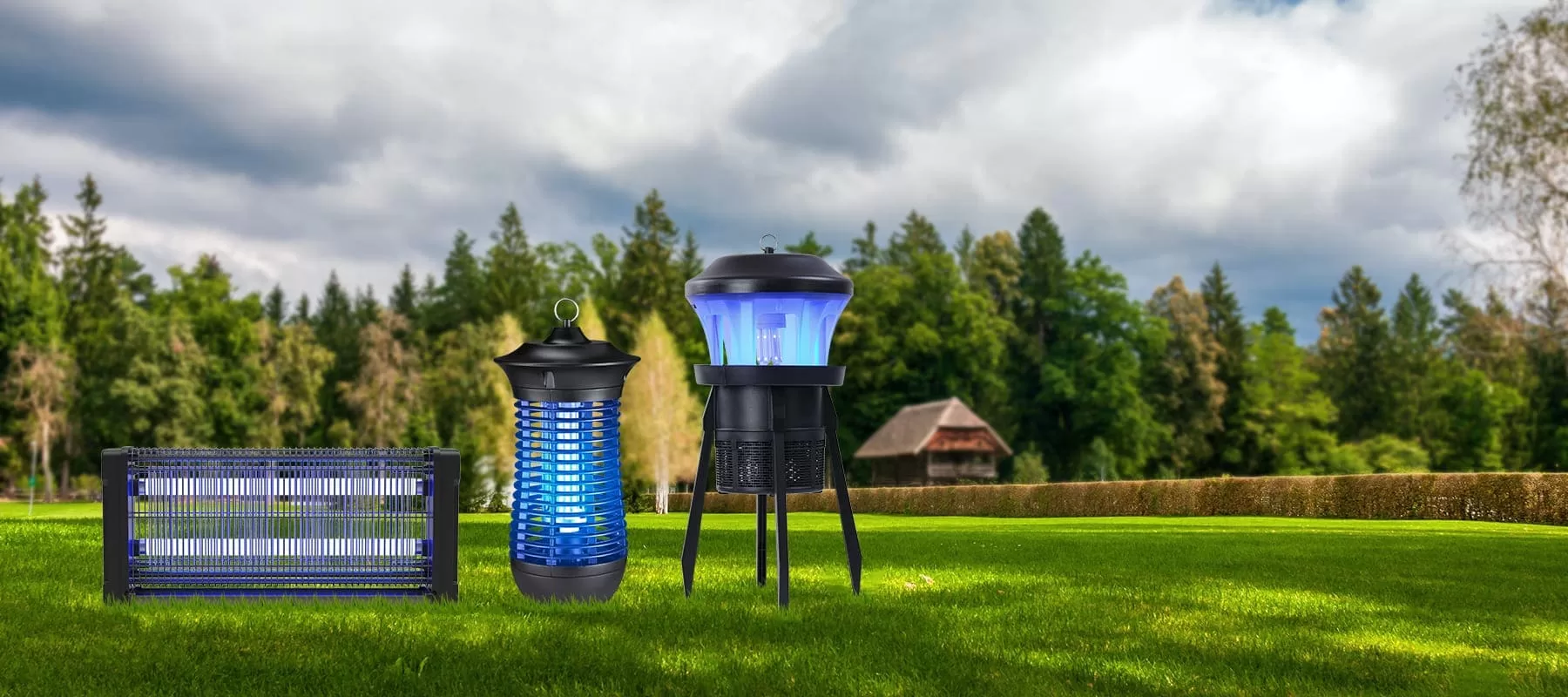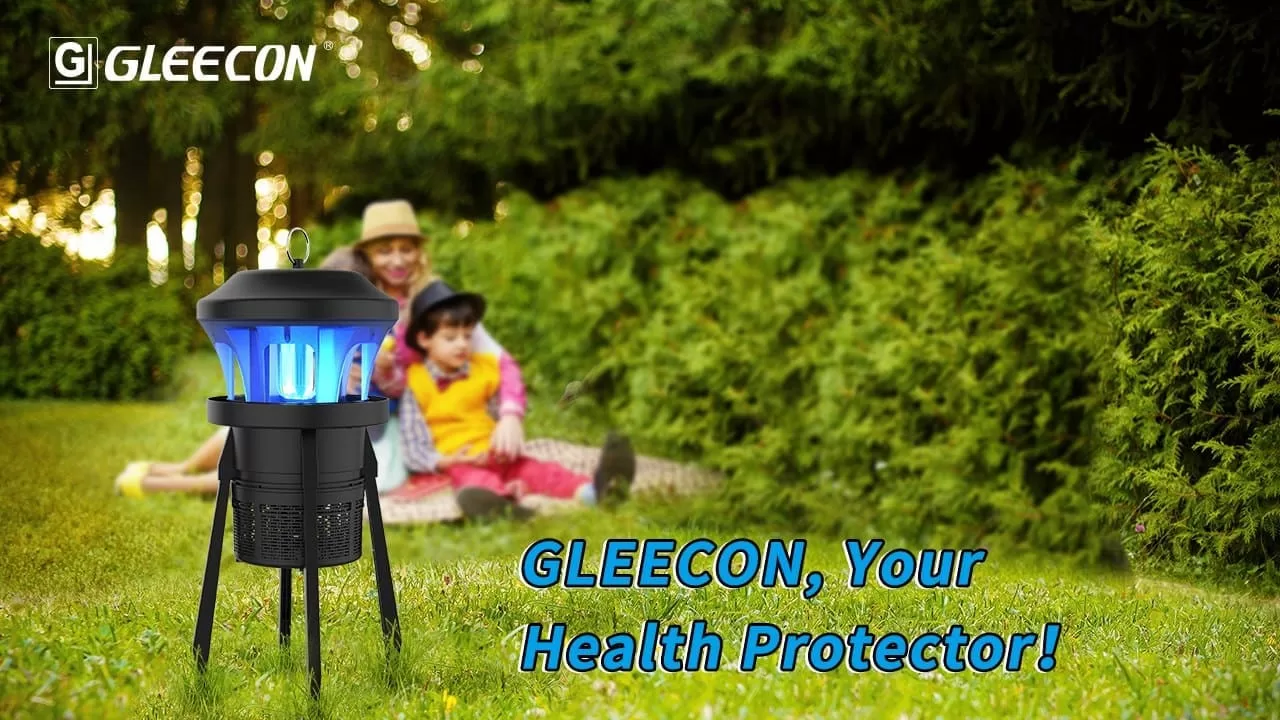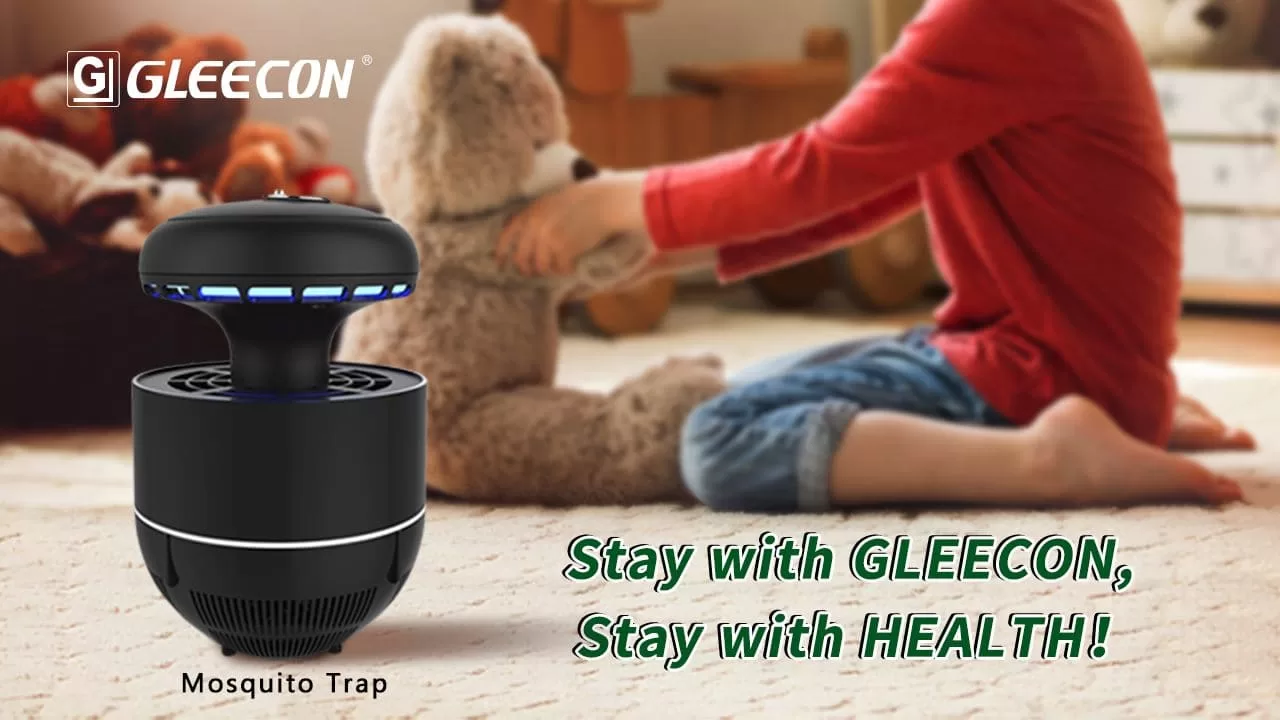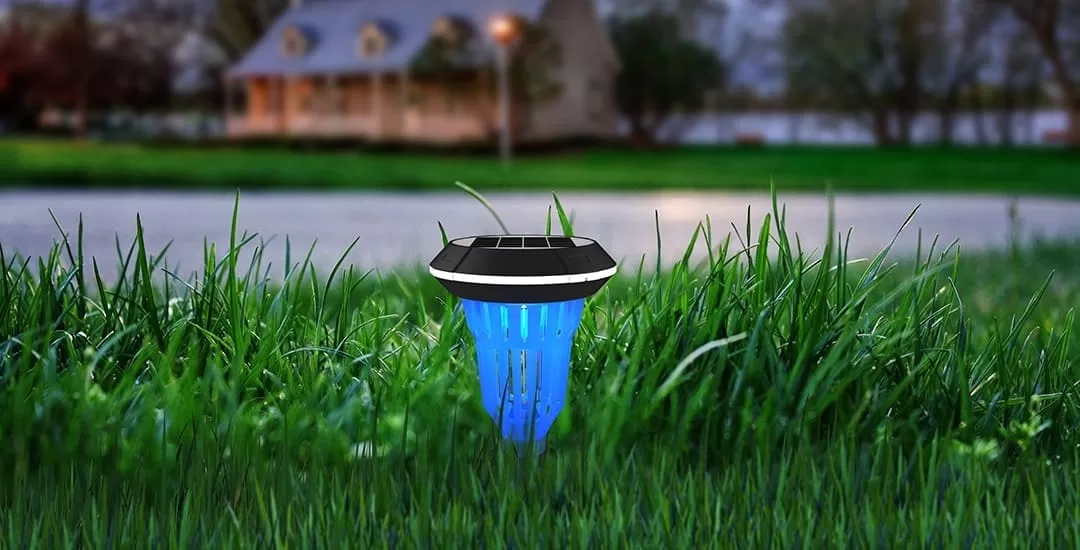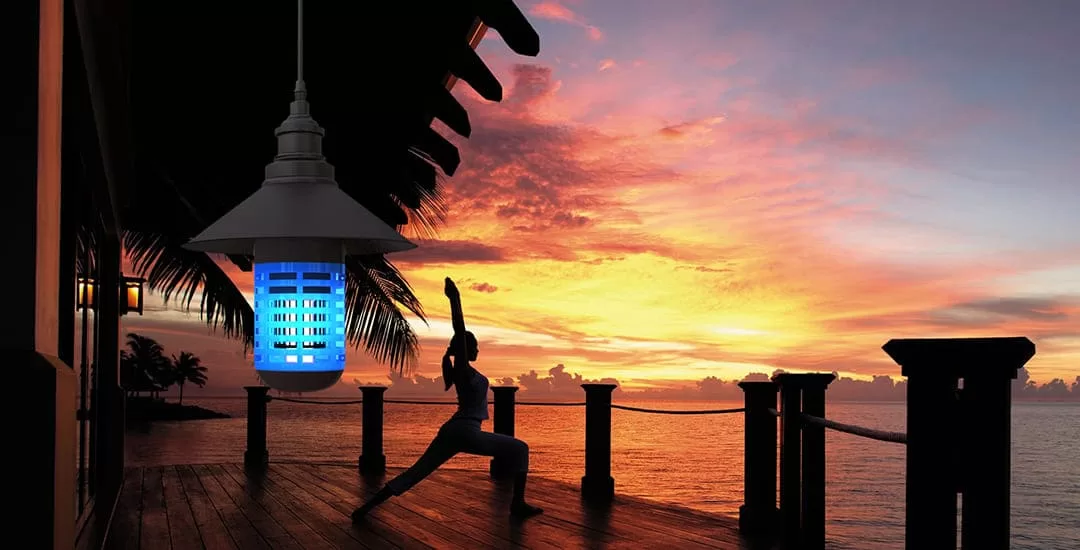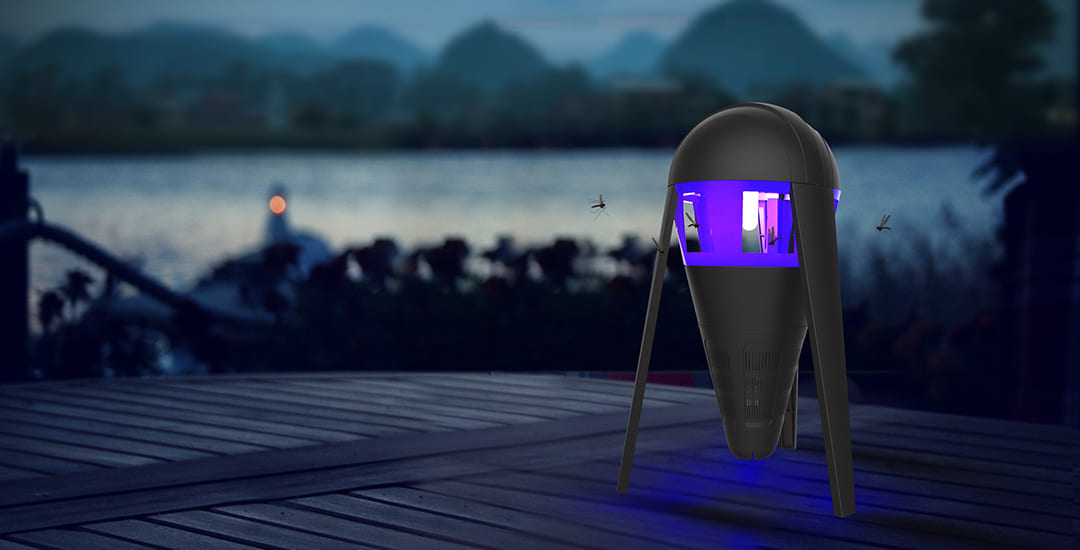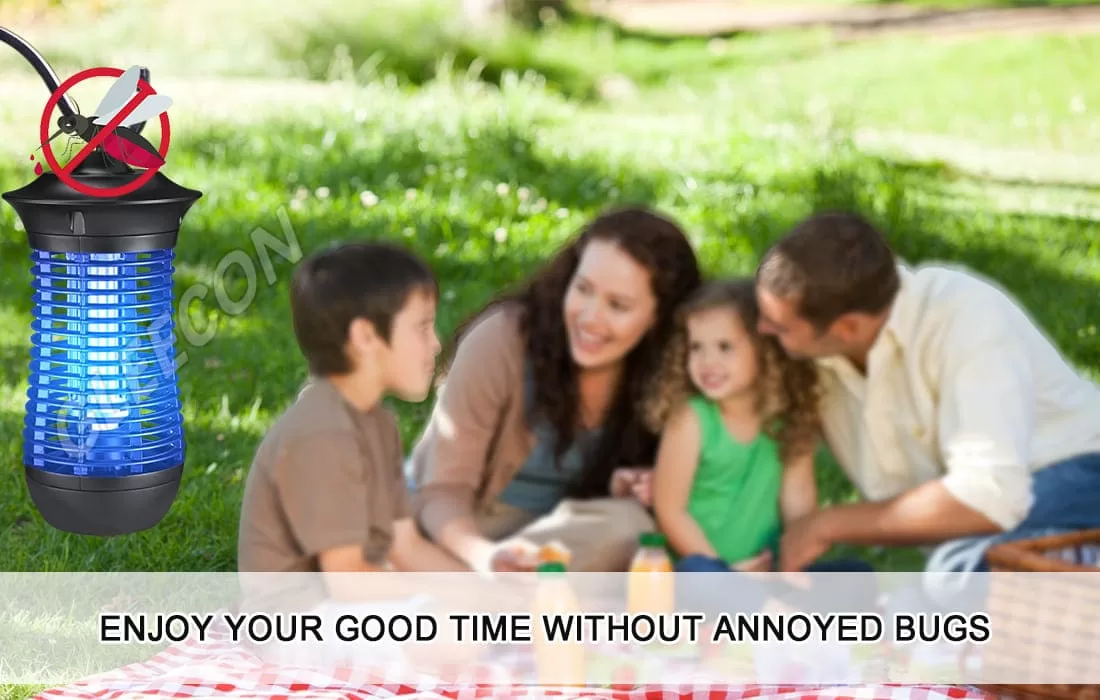Table of Contents
Introduction:
UV light mosquito killers have become popular tools for controlling mosquito populations and reducing the nuisance and health risks associated with these insects. Understanding the science behind how UV light affects insects and attracts mosquitoes can help us better appreciate the effectiveness of these devices. In this blog, we will delve into the UV spectrum and the principles of insect attraction to UV light, shedding light on the science behind UV light mosquito killers.

UV Spectrum: A Closer Look
The UV spectrum, also known as ultraviolet spectrum, encompasses a range of electromagnetic wavelengths that are shorter than those of visible light but longer than X-rays.
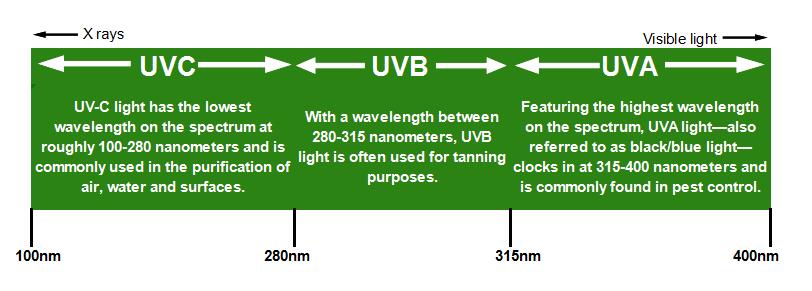
The UV spectrum is typically categorized into three main regions:
- UVA (Ultraviolet A):
- UVA light, with wavelengths ranging from 315 to 400 nanometers, is the longest wavelength within the UV range.
- UVA light is often referred to as black light and is commonly used in applications such as bug zappers, tanning beds, and fluorescent lighting.
- In terms of insect attraction, UVA light is particularly attractive to mosquitoes and other flying insects due to their phototaxis behavior.
- UVB (Ultraviolet B):
- UVB light falls within the wavelength range of 280 to 315 nanometers.
- UVB light is known for its role in vitamin D synthesis in humans and animals, as well as its potential to cause sunburn and skin damage.
- UVB light is less effective in attracting insects compared to UVA light, making it less commonly used in insect control devices.
- UVC (Ultraviolet C):
- UVC light has the shortest wavelengths within the UV spectrum, typically below 280 nanometers.
- UVC light is highly effective at disinfection and sterilization due to its ability to destroy DNA and RNA in microorganisms.
- UVC light is not commonly used in insect control devices due to its limited range and potential harm to human skin and eyes.
Mosquitoes and UV Light Attraction:
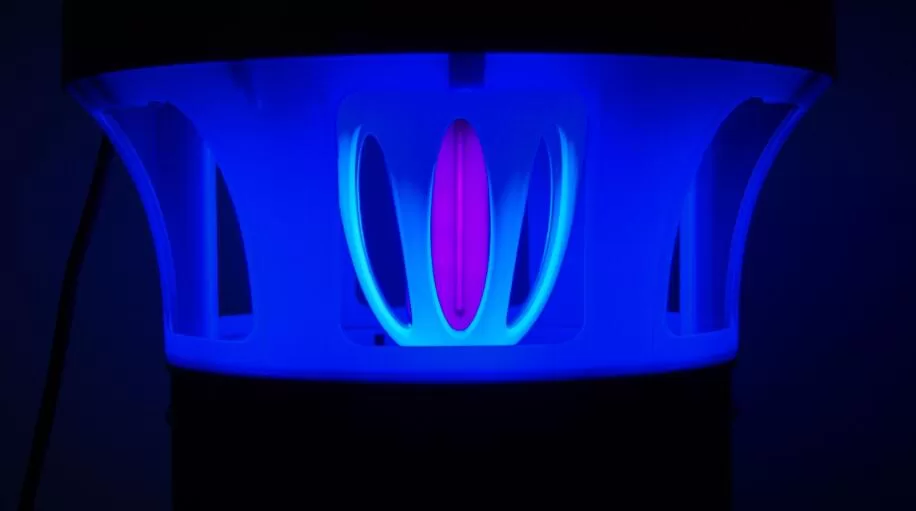
Many insects, including mosquitoes, have developed a strong sensitivity towards UV light. Mosquitoes use various sensory organs, including their compound eyes, to detect specific wavelengths of light. UV light, particularly in the range of 350-400 nm, is highly attractive to mosquitoes due to their visual sensitivity.
Why Are Mosquitoes Attracted to UV Light?
- Attraction to Visual Stimuli: Mosquitoes are highly visual insects. They have specialized photoreceptor cells in their compound eyes that are sensitive to UV light. These cells detect the UV spectrum and play a crucial role in the mosquito’s attraction to UV-emitting light sources.
- Behavioral Responses: Mosquitoes exhibit positive phototaxis, meaning they are naturally attracted to light sources. UV light, in particular, has been found to stimulate mosquito flight and orientation behavior, drawing them towards the light source.
- Host Seeking Behavior: Female mosquitoes, which are the ones that bite and transmit diseases, rely on visual cues to locate potential hosts for blood meals. They are known to use a combination of visual cues, including UV light, to identify suitable hosts. UV light can help mimic the visual stimuli associated with warm-blooded animals, drawing female mosquitoes closer to the UV light mosquito killer rather than potential human or animal hosts.
How UV Light Mosquito Killers Exploit Insect Attraction:
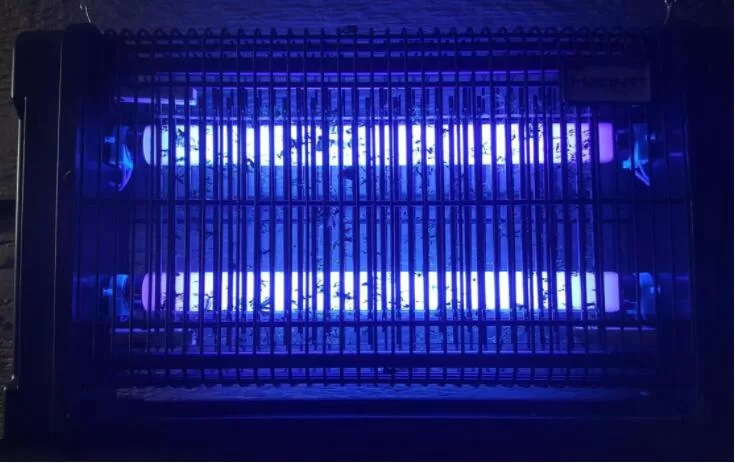
UV light mosquito killers utilize the natural attraction of mosquitoes to UV light to effectively trap and kill them. These devices typically emit UV light within the attractive range of 350-400 nm. When mosquitoes get closer to the light source, they may come into contact with an electric grid, sticky surface, or a fan that captures or eliminates them.
Note: It is important to note that different species of mosquitoes may have varying degrees of attraction to UV light, as the visual preferences can differ. Manufacturers of UV light mosquito killers often consider the specific preferences of the target mosquito species when designing their products.
FAQs (Frequently Asked Questions):
-
UVA light (315-400 nm) is the most attractive to mosquitoes, while UVB (280-315 nm) and UVC (<280 nm) are less effective at attracting insects. Mosquito killers typically utilize UVA light to maximize insect attraction and capture rates.
-
UV light mosquito killers are designed to target specific insect species, such as mosquitoes, and are unlikely to harm beneficial insects like bees or butterflies. The UV spectrum used in these devices is tailored to attract nuisance insects while minimizing impact on non-targeted species.
-
UV light mosquito killers can be safely used indoors, provided they are positioned away from areas frequented by people and pets. Additionally, modern mosquito killers incorporate safety features to prevent accidental contact with the electrified grid or trapping mechanism.
Conclusion:
Understanding the science behind UV light mosquito killers sheds light on the fascinating interplay between UV spectrum and insect attraction. By harnessing the power of UVA light and leveraging insects’ natural behavior, mosquito killers offer a non-toxic, environmentally friendly solution for insect control. As technology continues to evolve, UV light mosquito killers will remain a key player in mosquito management strategies, providing an effective and sustainable method for combating mosquito-borne diseases and enhancing quality of life.
To find out more about GLEECON’s range of UV light mosquito killers, email us to phoenix@gleecon.com.


